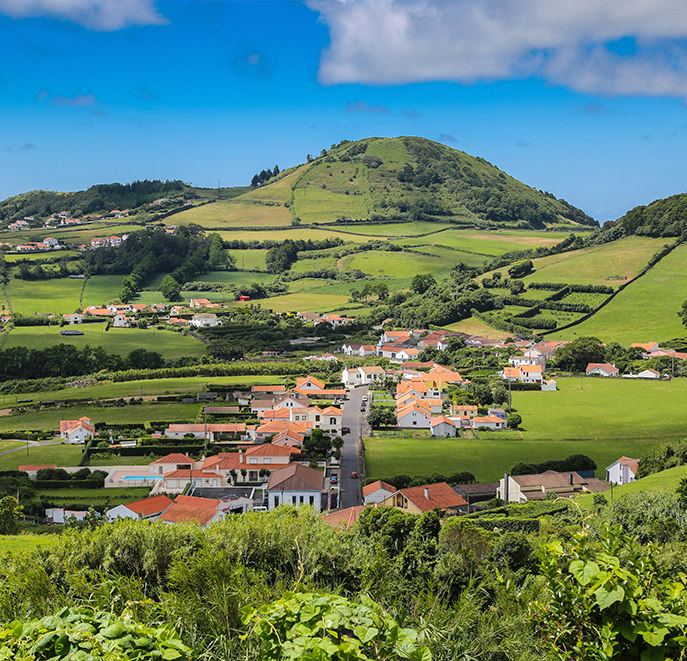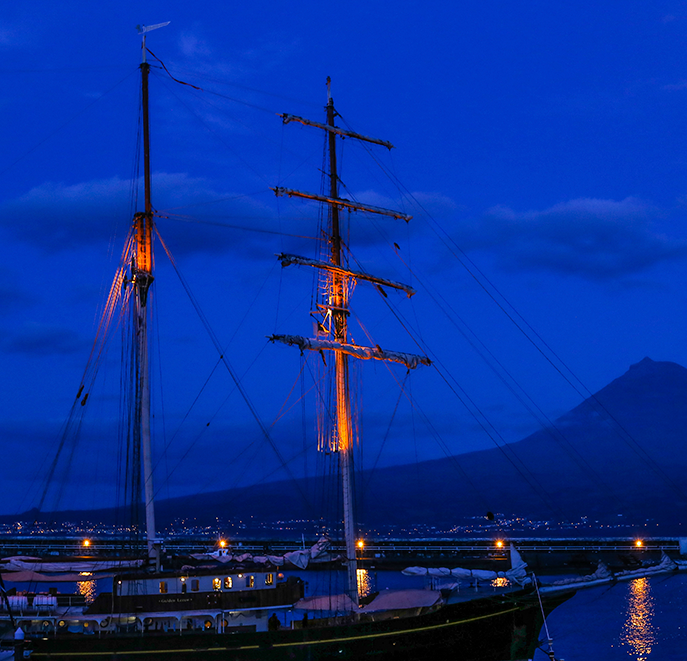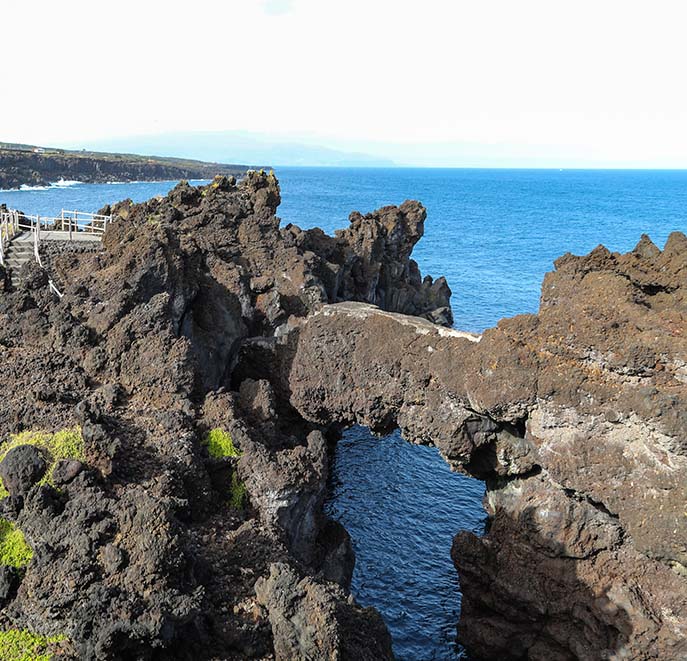About the Azores
Europe's best kept secret
About Azores, an Atlantic lifestyle
The first thing to know about Azores is that you’ll live surrounded by the vast Ocean giving you an amazing Atlantic lifestyle . Azores were first settled in the 15th century and today people still live attached to their old roots. This Atlantic paradise has a population of less than a quarter million, spread among 9 islands.
The average temperatures range between 13-22° C, with humidity helping to get it warmer. You’ll experience a total Atlantic tropical lifestyle. The archipelago of the Azores is split into 3 groups. The bigger is the Central Group (Grupo Central) with five islands, Faial and Pico, along with Terceira, São Jorge and Graciosa.
The groups are spread over a large area so, whilst you can take a passenger ferry between islands within the group, you must otherwise fly, using the inter-island planes of SATA.
For those that are attracted to live in an Atlantic island and in a slower lifestyle, who enjoy lush gardens and exquisite views, buying property in the Azores has to be of paramount consideration.

Faial (The Blue Island – for the proliferation of blue hydrangeas covering the island) in particular has all the attributes of most of the other islands of Azores. People live with a superb mix of rural tranquility and the major town of Horta within easy access from any part of the island. The port of Horta is an important stopover for yachts cruising the Atlantic, with more than 1,000 visiting boats a year, plus many local boats and yachts moored in the two modern marinas. This is the real Atlantic lifestyle.

A paradise to discover
Another thing to know about Azores and it’s amazing Atlantic lifestyle. For walkers the islands are a veritable paradise – you can wander the many tracks and trails at will, or follow the marked trails. The most popular walks are the crater rim, which offers a complete 360º view of Faial as you walk and the Capelinhos eruption site, the dramatic moonscape that produced a new piece of Faial in 1957.
Another less well known walk is the lavada, which is a man-made water course, high up on the side of the crater, used for channeling water down to the pastures. You walk, alternately, through forest and field, making this a rare, hidden treat.
A short ferry ride gets you across to Pico Island and its 2351 metres high volcanic peak.
The climb, starting at 1200 metres, provides for magnificent views, across all of the islands in the central group – Faial, São Jorge, Graciosa and Terceira. It is possible to camp in the crater for the night and sunrise viewed from the top of the peak is a spectacular and unforgettable sight..
It can easily be climbed in a day and, as there are plenty of ferries, you could even have dinner in Madalena before returning to Faial. It is now obligatory to employ a guide, to protect yourselves and the nature reserve of the mountain
Nature and maritime life are the key attractions of the islands; whale and dolphin watching trips have replaced the traditional whaling industry as a way to make a living from the sea. Boats leave the marina daily for whale watching, swimming with dolphins, sport fishing, line fishing, diving and sailing, or you can just take a cruise along our scenic coastline.
On Faial and Pico, there are a number of excellent hotels and B&B establishments, many of which operate year round. There are also plenty of self catering opportunities available
THE ISLANDS
Faial
The island of Faial lies in the central group of the Açores in the middle of the Atlantic ocean approximately 1600 Kilometers west of the Portuguese mainland. The circular road around the island is 54 kilometers. The population is around 15,000 with half this number living in the main town of Horta. There are a number of European nationals living on Faial including English, German, Swiss, Belgian, French and Dutch plus South African, Canadian and USA citizens. The second language is English and is widely spoken.
There are daily SATA flights to and from Lisbon and SATA flights between all the other islands. The facilities available on Faial have dramatically improved since Portugal joined the EU and most daily requirements are readily available via supermarkets, a fresh food market and a wide selection of specialist stores.



Pico
Pico Island, named for its imposing mountain, is one of the most beautiful and most underrated islands of the Azores. Only second to S. Miguel in size the ‘Mountain Island’ stands majestically in the middle of the Azorean central group, at about 4.5 nautical miles from Faial Island and 11 miles from S. Jorge Island.
Pico Island history was built on the legacy of it’s whale hunting and winery traditions. The famous Pico wines and the UNESCO world patrimony designated vineyards, as well as wooden boat building, are contemporary fixtures of Pico. Whale hunting, long gone, gave way to a movement of fair treatment study and observation of whales, dolphins, and other sea mammals. Whale and dolphin watching trips can be organized from Madalena or Lajes. Volcanic eruptions ended 300 years ago. Pico is considered a dormant volcano adding to the mystique of the island and serving as a magnet for scientists.
São Jorge
The 60 kilometer long island of Sao Jorge provides some of the most beautiful walking on the Azores. The island comprises a long spine of volcanoes of different ages; it varies in width between 4 and 8 kilometers and is characterised by steep vegetated cliffs rising, sometimes almost 600 metres, steeply out of the surrounding ocean. Flat areas called faja are sometimes found at the base of these vegetated walls, here small villages or hamlets are often located that can only be reached by very steep, narrow trails.
The faja are almost unique to Sao Jorge and many of the most beautiful walks involve walking along the old paths that used to be the main access routes to the faja before the more modern roads were constructed. Some of the faja to this very day cannot be reached by a good road. The old paths are often quite steep and pass through spectacular cliff scenery, however most were designed to be passable to mules carrying loads.






